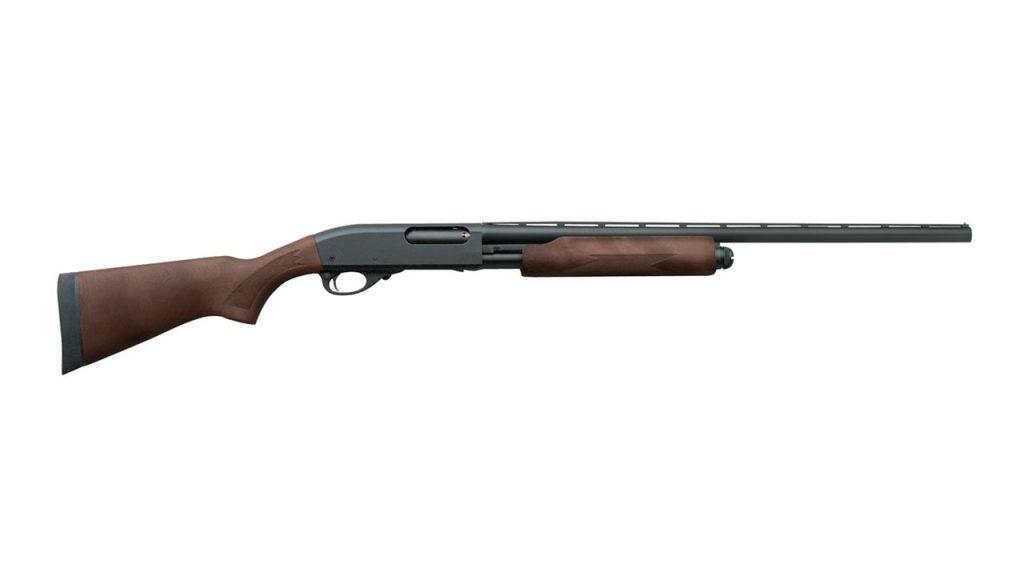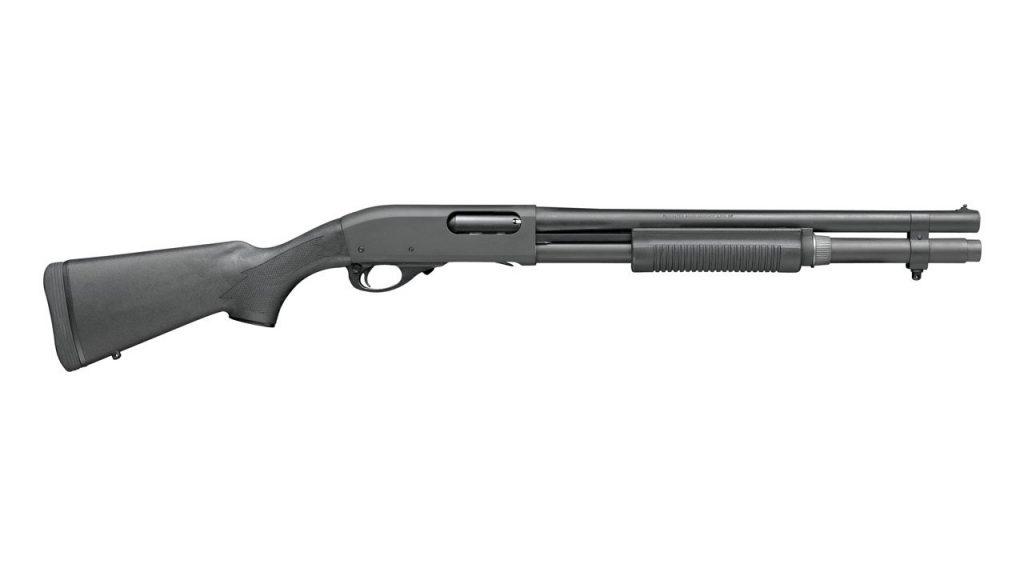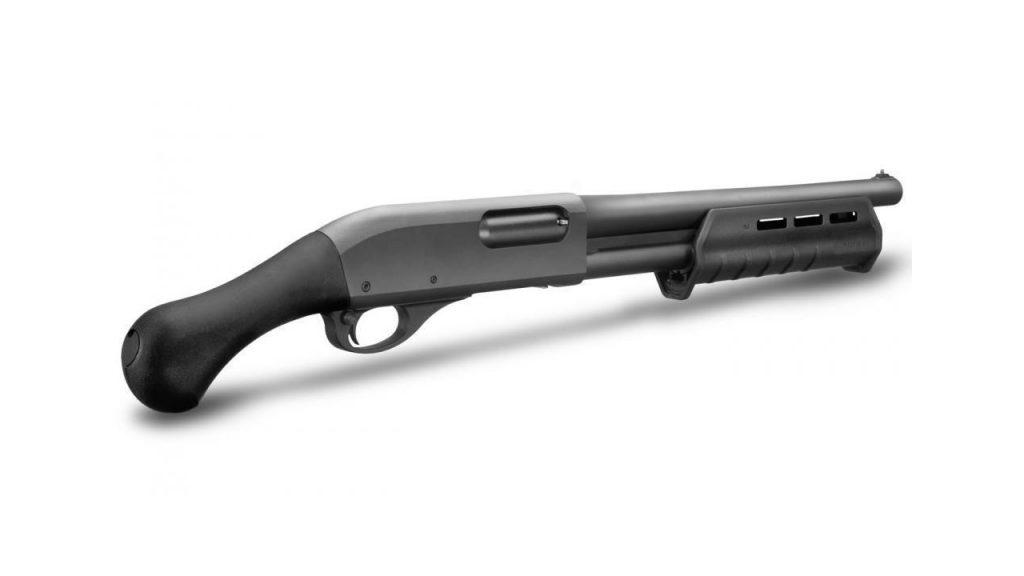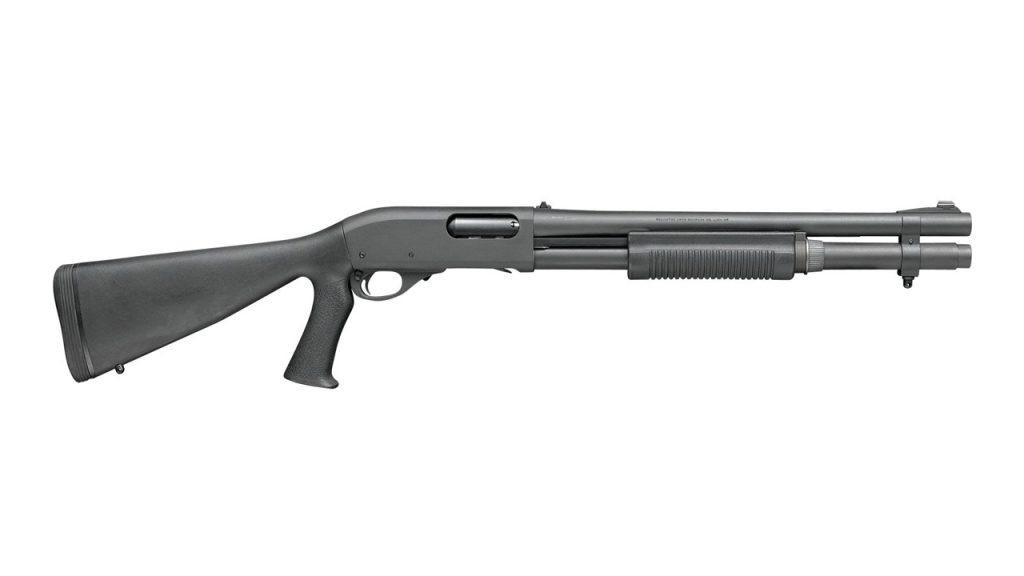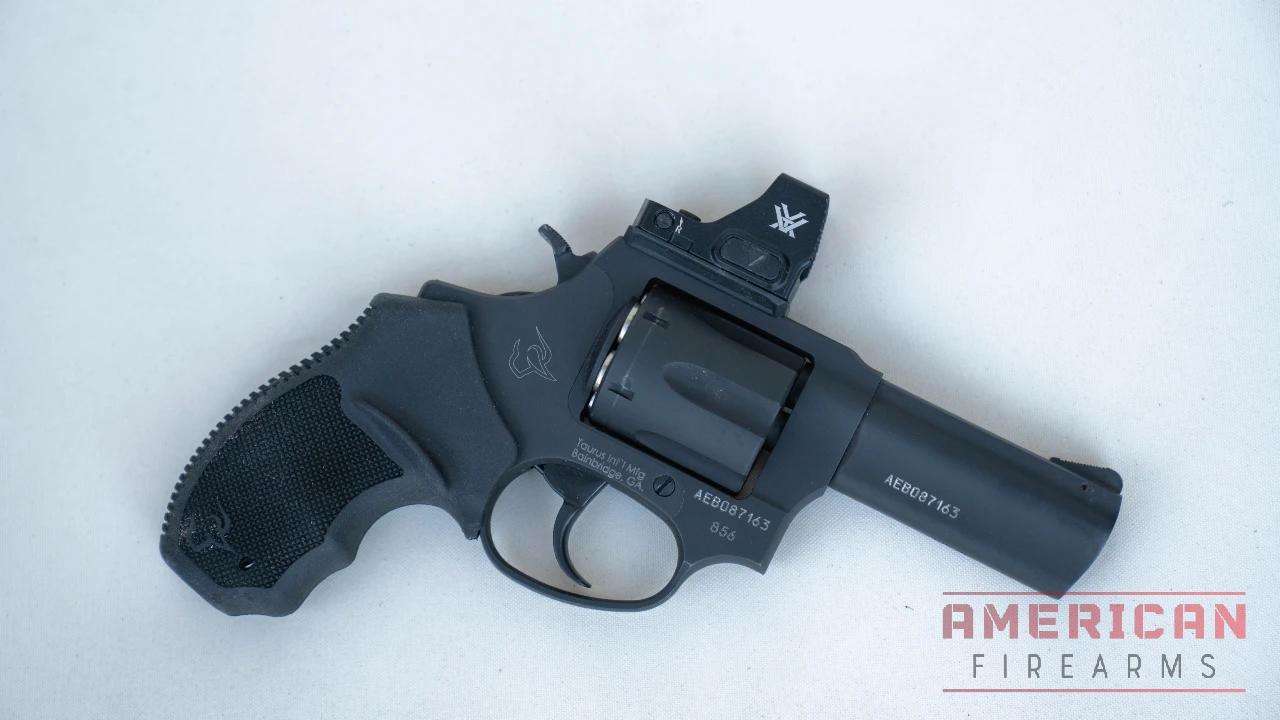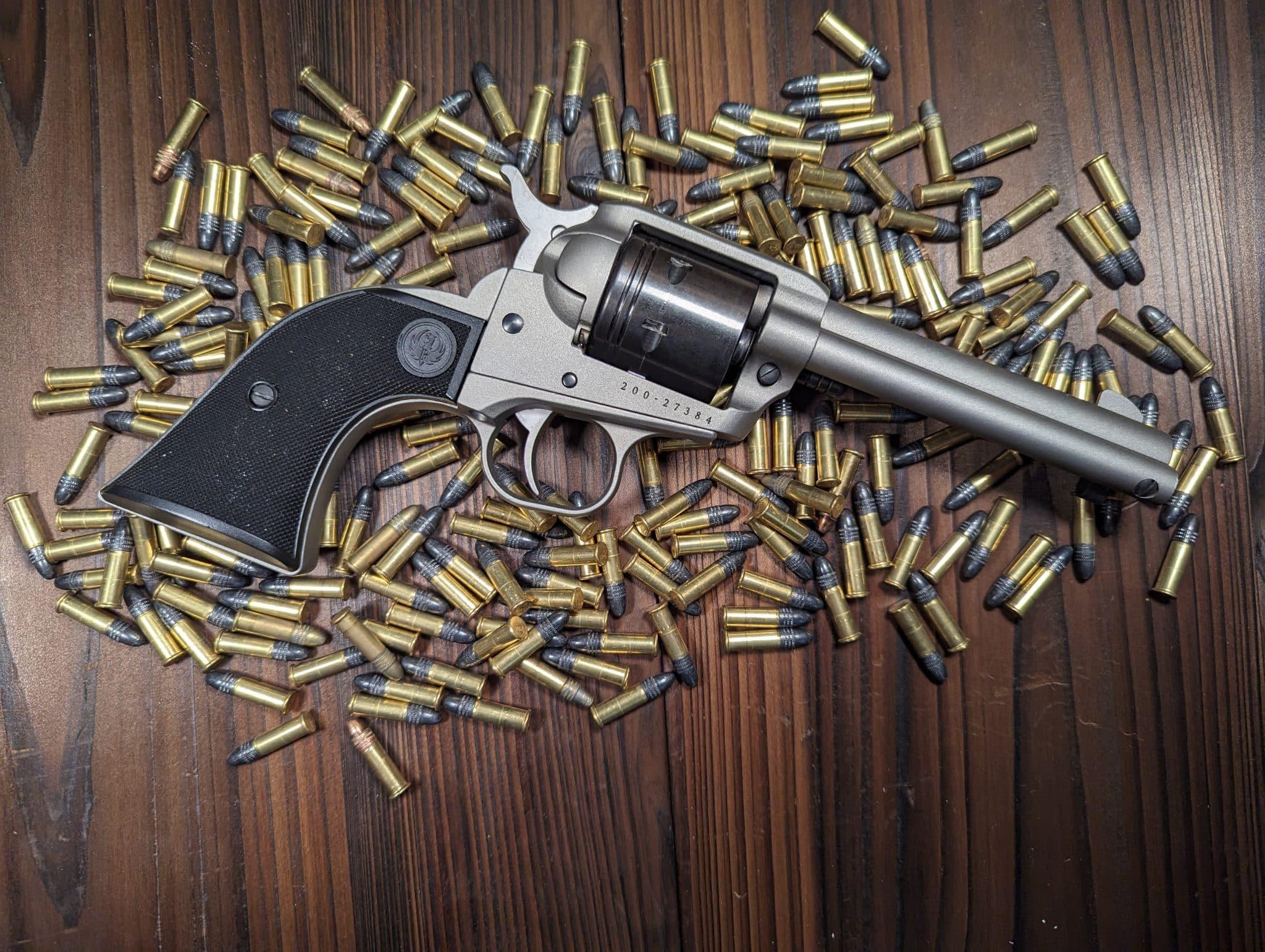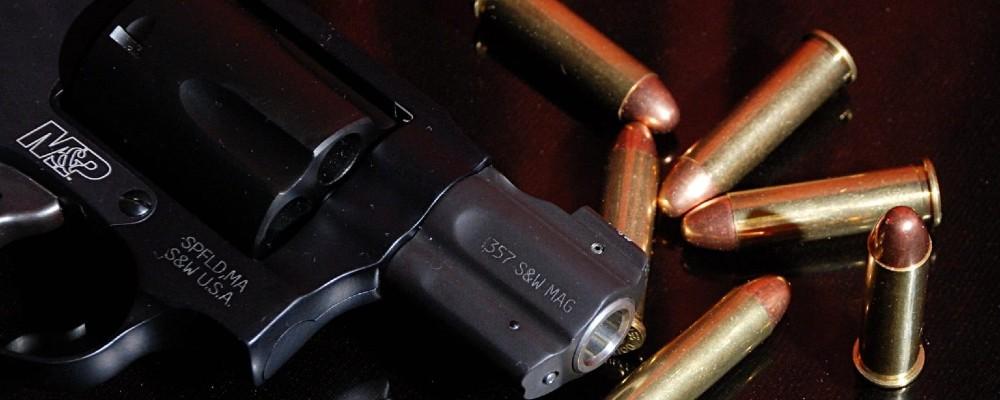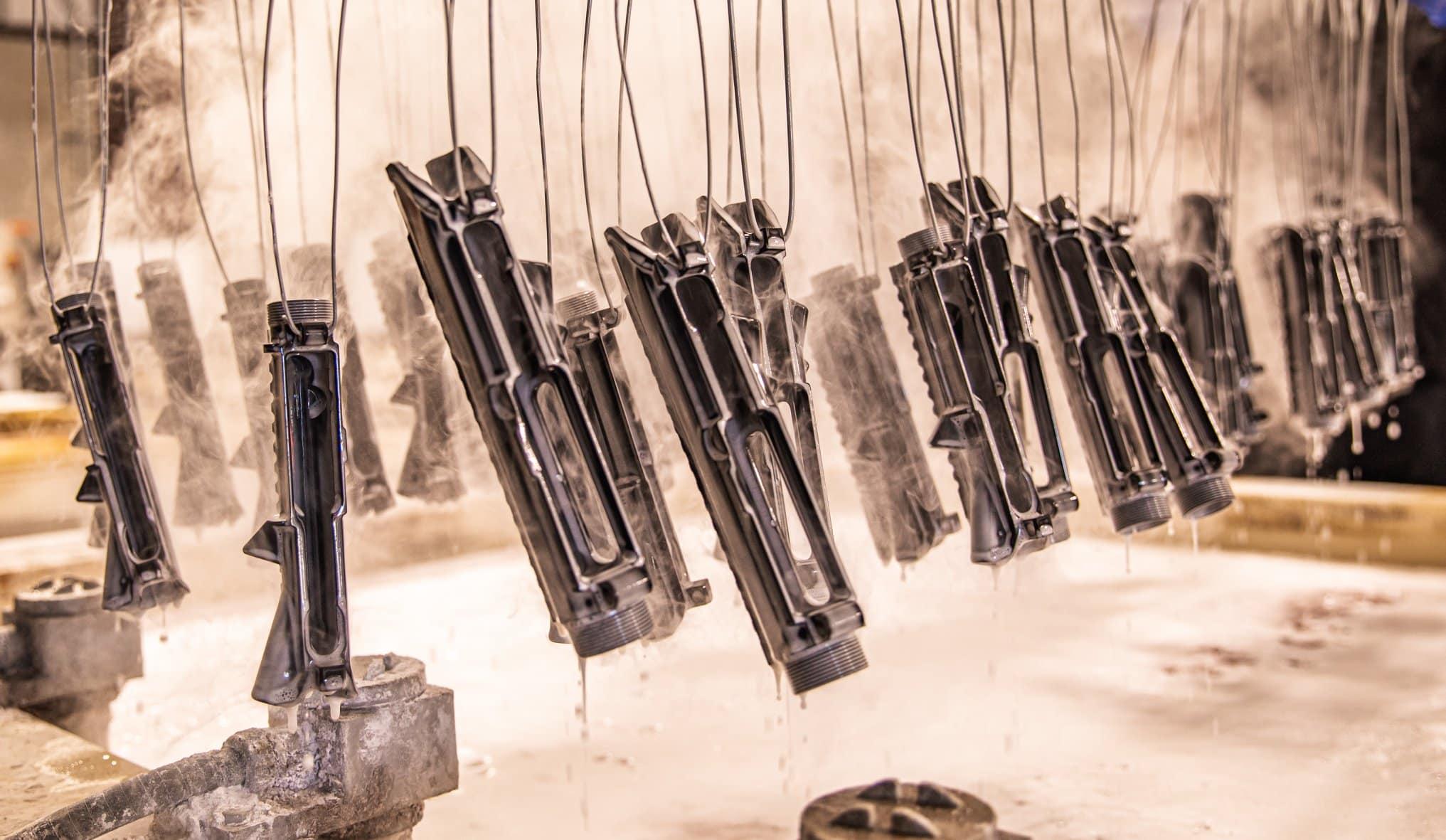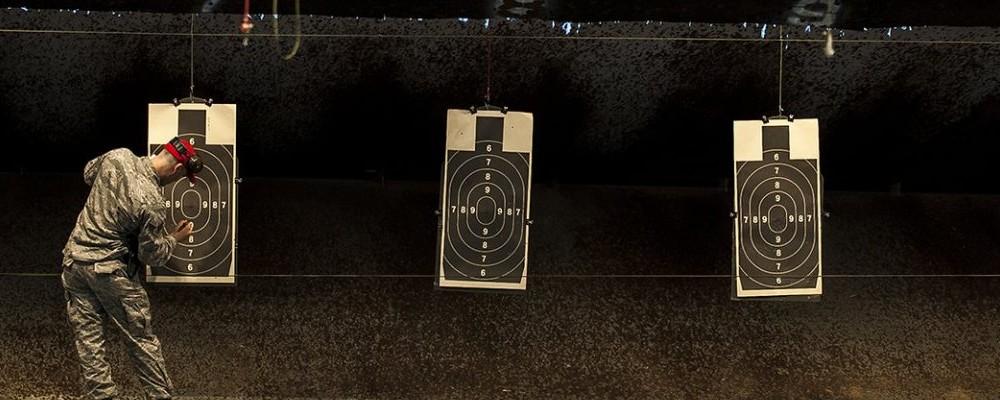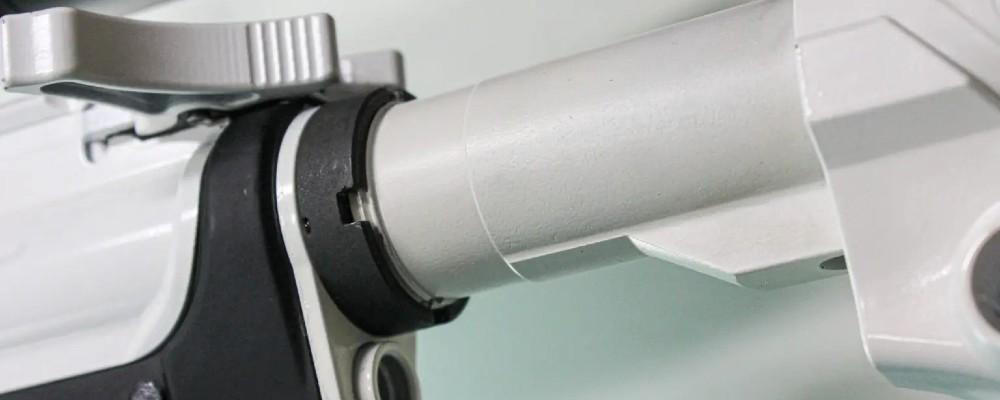Remington 870 Tactical Review: A Guide & Retrospective
Written By
Michael Crites
Licensed Concealed Carry Holder
Reviewed by
Editorial Team
Learn About The Editorial Team
Share:
Products are selected by our editors. We may earn a commission on purchases from a link. How we select gear.
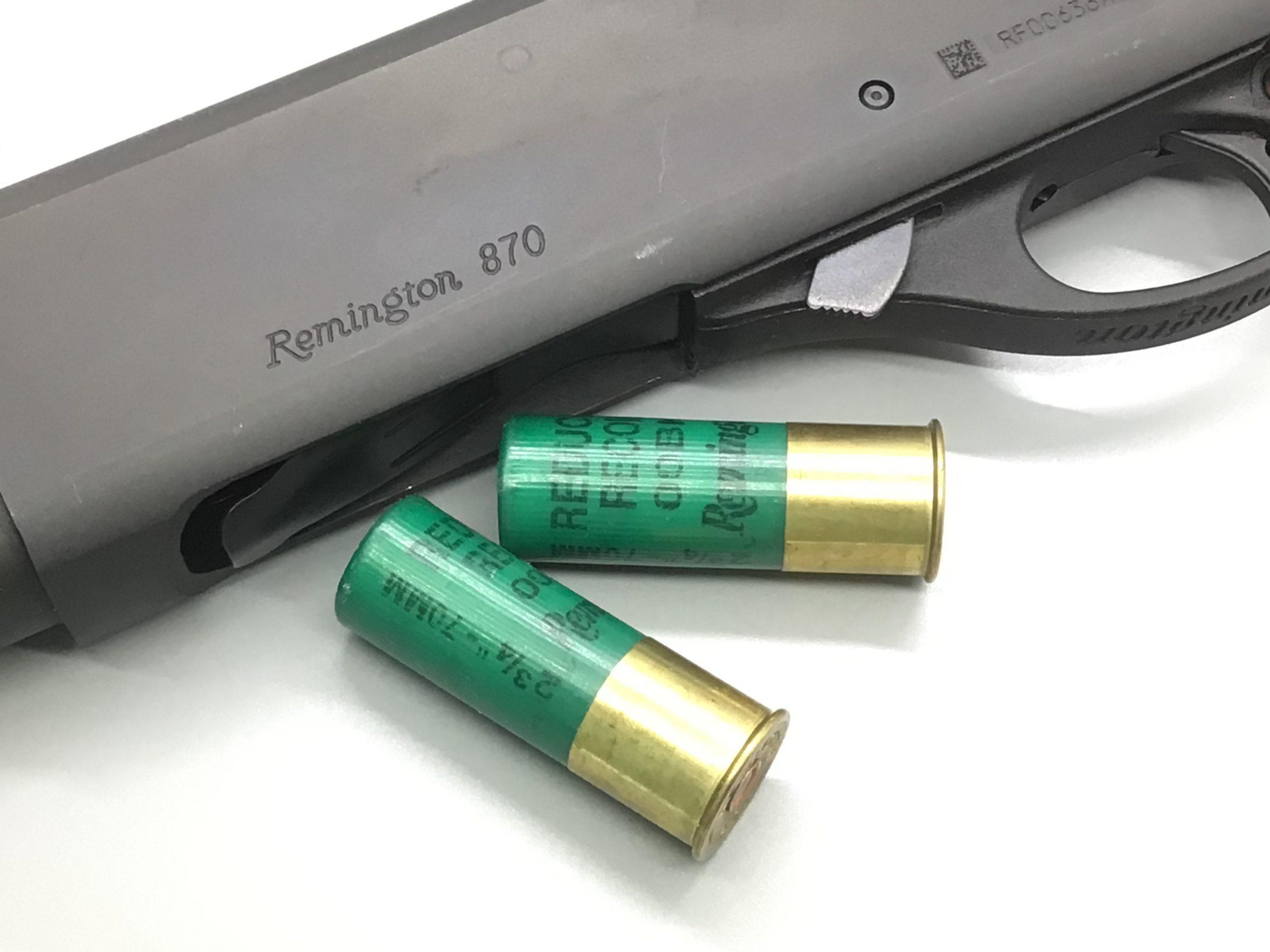
Updated
Jun 2025
The Remington 870 — the greatest selling pump-action shotgun in the history of firearms — is famous with sportsmen and has also been the gold standard for dependable and ultra-reliable tactical models for users both in and out of uniform.
In This Article
What is the 870?
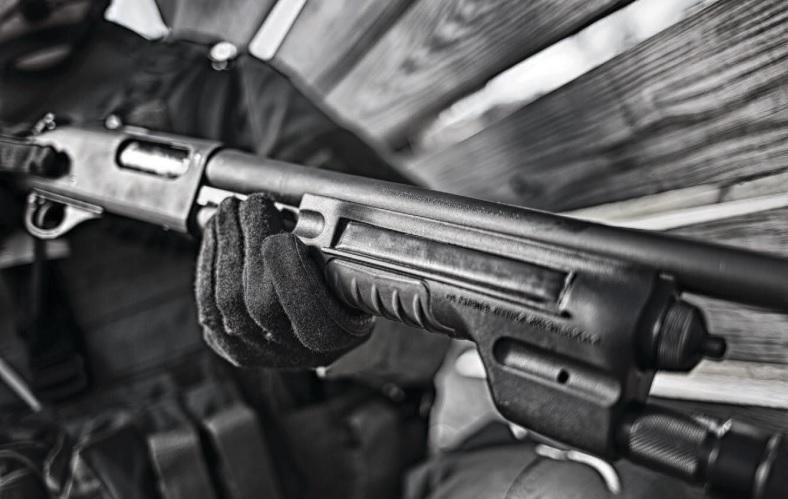
The famed gun-making concern of Mr Eliphalet Remington was formed in 1816 and specialized in muskets and rifles for much of its early history, later pivoting to innovative handguns.
Over the years, the company’s legacy has been shaped by changes in the company’s ownership and management, which have influenced its reputation and branding.
During the Civil War, the most common revolver in the Union Army was the Remington Model 1858, a platform still replicated by many Italian black powder firms today.
The Remington-Whitmore & Model 10
In 1873, the firm’s first shotgun, the Remington-Whitmore double-barrel SXS, hit the market. Within a generation, renowned firearms engineer John D. Pedersen introduced his Model 1908/Model 10, Remington’s first pump-action shotty.
The Pedersen design, which served with the military as a trench gun in the Great War, was later replaced just before World War II by the well-liked Model 31, the company’s first side-ejecting repeating shotgun.
Remington’s reputation for innovation was cemented by these early models, which played a significant role in shaping Remington’s legacy and establishing the brand as a leader in firearm development.
Popular — with over 190,000 produced firearms — historian Bruce Canfield details that nearly 9,000 Model 31s were shipped off to serve as riot and training guns with Uncle Sam during WWII, with some seeing combat.
The particular model selected by the military was chosen for its specific features, such as barrel length and choke configuration, making it especially suitable for combat roles.
It turned out that, even in an age of radars, guided missiles, and atomics, a reliable shotgun still had a role to play.
The Model 870 Wingmaster

Following in the footsteps of the Models 10 and 31, which clocked in with sportsmen and soldiers across both world wars, the new and improved Model 870 Wingmaster debuted in 1950.
With receivers machined from a solid, 8.5-pound block of ordnance-grade steel, the gun was rugged– nearly indestructible. The build quality of the Wingmaster, especially its steel receiver and high construction standards, has contributed greatly to its reputation for exceptional durability.
Unlike many earlier pumps that used a single action bar that was subject to bending in harsh use, the 870 utilized non-binding twin action bars in the slide-action to provide one of the smoothest and surest stroke operations of its age.
Bottom-loaded and side-ejecting, the 870 was rock-solid reliable and, by 2014, Remington had sold more than 12 million examples, making the gun both their best-selling firearm and the globe’s most common pump-action shotgun.
There’s a reason the 870 is akin to the AR-15 of the scattergun world.
How does the 870 Compare?
With a 70-year track record, the Remington 870 may seem dated these days, but to be sure, it just seems that way.
Perhaps the most trusted combat shotgun of all time in addition to its use by hunters and recreational shooters, the 870 still stacks up well against the best pump guns on the market today, such as the Mossberg 500/590, Benelli Nova Tactical, and FN P-12.
Among pump action shotguns, the Remington 870 is renowned for its versatility and reliability, standing alongside the Mossberg 500 series as a top choice for hunting, home defense, and tactical applications.
True to form, the 870 still uses a solid steel receiver in a world full of polymers, alloys, and aluminum.
Open to accessories
However, not content to remain stuck in the past, the basic platform has been consistently updated over the years with provisions for optics via a drilled and tapped receiver top, accessories such as lights and lasers due to forearms with M-LOK rails, a catalog of different length and style barrels, and a host of stock options.
Many tactical models also feature a Picatinny rail on the receiver for mounting optics and other accessories, as well as a tube extension to increase magazine capacity.
Aftermarket accessories, furniture, and barrels abound and can be swapped out on the fly without the need of a gunsmith. In short, the 870, especially tactical versions, are modular and can be rapidly upgraded.
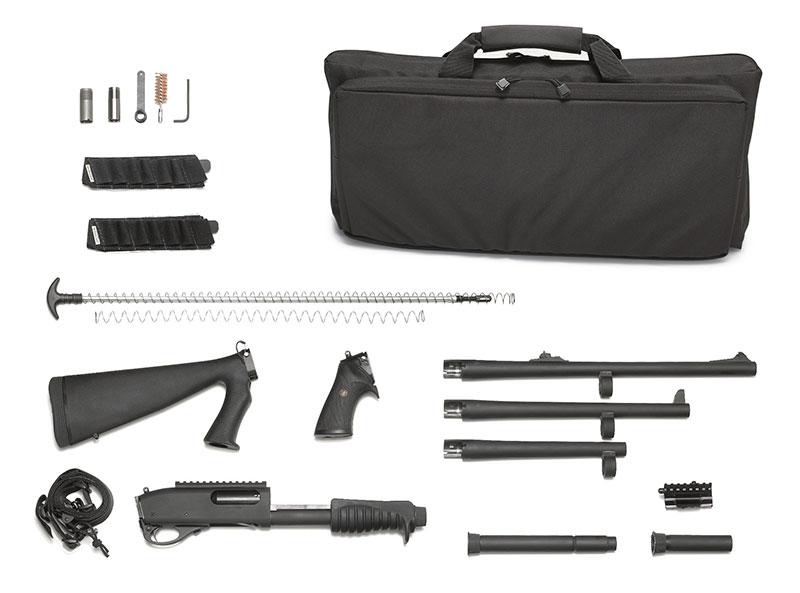
Why a "tactical" shotgun?
Going back to the days of 16th Century lightweight calivers– smoothbore matchlocks with a standard-sized shot that was handy enough to be used quickly by a single man in combat at such places as the Battle of the Yellow Ford– compact shotguns have been filling a need.
During the Revolutionary War’s opening engagements, Minute Men were often armed with converted fowling pieces loaded with a half-dozen balls of buckshot that proved devastatingly effective at close ranges.
Throughout history, different loads such as buckshot and slugs have been used in combat to maximize the shotgun’s effectiveness, with each type of load offering unique advantages depending on the tactical situation.
The same can be said for the use of shotguns by irregular units during the Civil War, men who valued a compact weapon capable of dealing considerable damage at bad-breath distances such as in the partisan conflict between bushwhackers and red legs.

Riot Guns
By 1899, the U.S. Army was using Winchester Model 97 pump-action riot guns to curb manic attacks by insurgents in the Philippines, with the promise of ready buckshot still holding sway in close-quarter battle then as at Yellow Ford three centuries prior.
Today, the shotgun still shines in such a role. Relatively inexpensive compared to a modern sporting rifle or carbine, a dedicated shotgun in the right hands is big medicine for various self-defense roles. In riot gun scenarios, rapid and accurate shooting is crucial for effective response and control.
Unrivaled Versatility
Versatile, they allow the user to easily carry and switch between shot, slugs, and less-lethal shells depending on the expected threat. Modular, they can be rapidly outfitted to suit the user’s environment and philosophy of use.
Synthetic stocks are a popular choice for tactical shotguns due to their durability, reliability, and ease of customization, making them ideal for demanding defense scenarios.
A quality tactical shotgun — with sufficient training — provides a competent user with a range of tools other firearms struggle to match.
How is a tactical shotgun different?
Whereas what we would see today as the shotgun was initially designed in two formats — fowling pieces and blunderbusses — they have evolved along those lines to what we see today.
As their name would imply, fowling-pieces were long-barreled smoothbores meant for hunting and taking game. Barrel length is a key factor in determining a shotgun’s suitability for tactical or hunting purposes, as it affects handling, accuracy, and legal compliance.
These survive today as sporting shotguns, of which the 870 has been made in several models with features such as 28-inch barrels with screw-in choke systems and stocks in various hunting camouflage patterns.
These sporting models are also known for their fine finish and craftsmanship, with excellent matte bluing and attention to detail that enhance both reliability and aesthetic appeal.
The old-world blunderbuss, a short-barreled smoothbore used almost exclusively as a formidable weapon in close combat going back to the 1700s, survives as the modern tactical shotgun.
A focus on mobility
Like the blunderbuss, the tactical shotgun by role is typically as short and maneuverable as possible. A light shotgun further enhances mobility and ease of handling in defensive situations, making it easier to maneuver quickly and reducing fatigue during extended use.
The same characteristic that made the former a favorite with coachmen and wardens makes the latter a crowd-pleaser for defensive purposes nowadays.
Similarly, the blunderbuss was popular with cavalrymen– specifically dragoons– and law enforcement, with the circa 1836 Nottingham Police armed with such early shorty shotguns.
An extension on the blunderbuss
The blunderbuss concept, which was explicitly designed to be quickly loaded and rapidly manipulated, likewise transfers to the modern tactical shotgun, which often has extended magazine tubes and optimized shell lifters/elevators and surface controls.
Proper load techniques are crucial for ensuring reliable cycling and performance, especially when using different loads such as bird loads or buckshot.
If you look at it this way, the tac shotgun has been in development for hundreds of years to become what it is today.
Military and police use
Following in the path of past use by the U.S. Army of a variety of trench and riot shotguns in military service– to include the Remington Models 10, 11, and 31 in two successive world wars– Uncle Sam naturally turned to the new 870 after it appeared on the market.
Pump shotguns, such as the Remington 870, have remained popular choices among military and police forces due to their reliability, versatility, and suitability for both tactical and defensive roles.
During the Vietnam era, at least 38,500 early production Remington 870s were purchased and sent to Southeast Asia as military aid.
By the late 1960s, the Marines were looking to replace worn-out WWII-era shotguns with a more up to date model.
The 870, which used a hard-wearing hardened steel barrel extension that locked securely inside of a steel receiver and a reliable pump action with twin bars on the slide, was an easy choice.
The trigger guard, made from durable material and ergonomically shaped, provided added safety and control, further enhancing the firearm’s overall build quality.
Enter the 870 Mark 1
In 1969, the Marines used a modified version, dubbed Model 870, Mark 1, which incorporated a standard M7 knife-style bayonet lug (like that on the M16) along with a 21-inch barrel and full-length magazine tube.
The Mark 1 also featured the inclusion of rifle sights, providing improved accuracy at longer ranges and making it suitable for tactical and defense-oriented applications.
The Mark 1 was popular enough to be used by the Marines for LE use, security teams, and in point defense assignments such as guarding nuclear weapons on aircraft carriers and gates at American embassies overseas throughout the 1970s and 80s, with some still seeing service in the associated Gulf Wars in later years.
The Air Force and the M870
To this Vietnam-era use, the Navy and Air Force soon added M870 riot gun models to their arsenals by the early 1970s, with SEAL teams being a favored user of the type, with the barrel whittled down to 14-inches to better meet their needs.
Providing lasting service throughout the end of the Cold War, the U.S. Army came around to the model as well, with 870s popping up with 82nd Airborne MPs in Grenada and with National Guard MP units in the LA Riots and elsewhere.
Likewise, the model continued to clock in with security forces and units through Iraq and Afghanistan conflicts. The Remington 870 makes sense as a practical and reliable choice for military and law enforcement, thanks to its straightforward design and proven dependability in demanding situations.
Pulling the hattrick, even the Coast Guard today uses a 14-inch tactical 870 models favored by several federal law enforcement agencies of all stripes, having in the past used plainer riot gun models going back at least to the 1980s.
There is a bunch of accessories and upgrades available for these shotguns, allowing agencies to customize them to fit a variety of operational needs.
Used by every branch of the U.S. Military
In short, every single branch of the U.S. military has chosen the 870 at one time or another, which should tell you something.

Likewise, police cruisers and tactical team vans across the country over the past 70 years have often contained these popular Remington shotguns.
Only the Mossberg 500 comes close
At one time in the 1990s, the company advertised that over 3,000 agencies large and small used the model and, even while patrol rifles have increasingly replaced shotguns in law enforcement service, the days of the police shotgun are far from over, and the 870 remains the popular first choice, with the Mossberg 500 described by a 2019 Officer.com article as a close second.
Agencies can shop for the right Remington 870 model and accessories, such as extended magazine tubes, upgraded sights, or tactical chokes, to best meet their operational requirements.
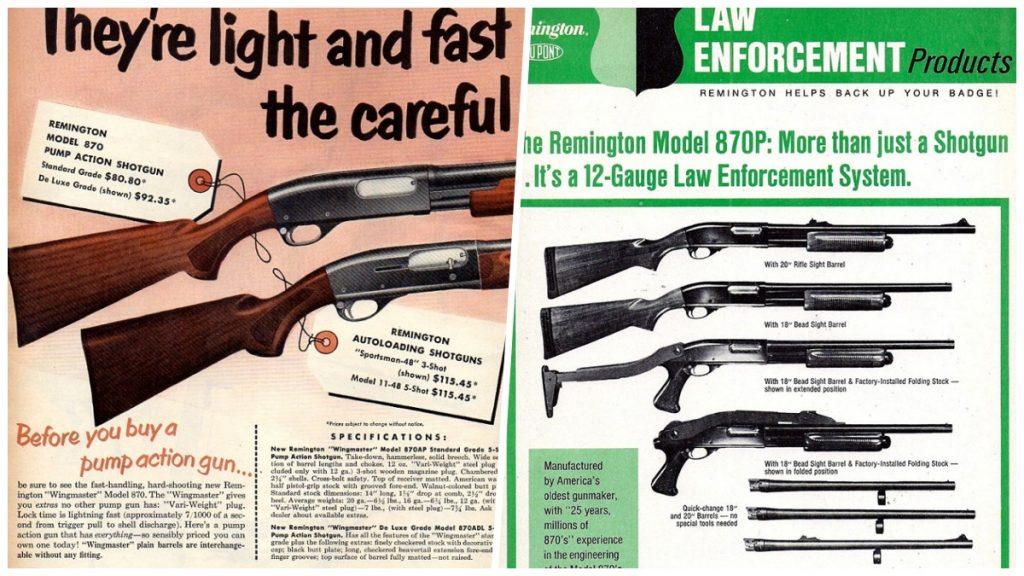
870 Tactical Models
Remington began making the 870R or “riot grade” models of L. Ray Crittendon’s design as early as the 1960s and continued listing it as such until 1991.
The gun was a plain shotgun absent of engravings with a short 18- or 20-inch cylinder bore barrel, 2.75-inch chamber, simplified hardwood furniture with a corncob forearm, and a 4- or 6-shot magazine.
For those looking to enhance comfort and customization, upgrading to a Magpul stock or SGA stock is a popular option, offering improved cheek weld, adjustability, and better handling for tactical or home-defense use.
This model saw the most service with military and police contracts during its production run, also selling well for those seeking reliable home protection.
Replacing the 870 Riot models in the 1990s were subsequent updates to include the Model 870P, 870P MAX, 870MCS, and 870P Synthetic, which included 3-inch magnum chambers, extended capacity magazines, better rifle-grade or ghost ring-style sights, improved cylinder chokes, and collapsible stocks.
A fully adjustable ghost ring rear sight was introduced on some tactical models, providing quick target acquisition and proven reliability in defensive scenarios. Additionally, some models feature a MIM extractor, which offers reliable performance comparable to solid steel extractors.
Some models had barrels offered down to 14-inches in length, with NFA rules attached and tax stamps required.
The tactical peak
By the 2000s, tactical models of the Remington 870 reached their zenith, which saw the Special Purpose Marine Magnum, with an electroless nickel-plated metal finish introduced. Another popular option was the parkerized finish, which provided enhanced rust resistance and durability, making it ideal for tactical or rugged use.
The Express Tactical Pistol Grip, a PGO model that ran just 26-inches overall and included a specialized recoil-absorbing Pachmayr grip appeared at this time as well.
In this period, the Express Tactical series appeared, with an 18.5-inch barrel, one-piece mag tube, magnum chamber, fully adjustable XS Ghost Ring sights, and the options for either a basic synthetic or Speedfeed stock, with the latter holding an extra two shells.
The robust bolt mechanism ensures reliable cycling, and box magazine-fed variants are available for faster reloading and increased tactical versatility.
In later years, the Express Tactical added Magpul furniture options and in different full-coat finishes such as Flat Dark Earth, Olive Drab, a “hammered” gun-metal-grey powder-coat finish, Tactical A-Tacs camo, and Digital Tiger TSP Desert camo.
The sole shotgun to carry the designated name “870 Tactical” in Remington’s catalog was a model produced in 2006 only.
Offered with either an 18- or 20-inch fixed improved cylinder choke barrel and corresponding 6- or 7-shot mag tube, the gun also was marketed with a variety of finishes and a Knoxx Spec-Ops adjustable recoil absorbing stock with a full pistol grip.
A smooth trigger is essential for consistent shooting accuracy, and the 870 Tactical’s design ensures reliable trigger operation. Proper aim is further supported by the model’s tactical sighting systems, which help shooters quickly acquire targets and improve precision in demanding scenarios.
Remington later followed this up in 2012 with the Express Tactical Spec OPS model with an M4-ish collapsible stock with seven positions and SuperCell recoil pad coupled with an enhanced ergonomic pistol grip.
Finally, in 2019, a side-folding model of the 870 Express Tacticalwith a TAPCO AK pattern SAW grip, and MOE M-LOK compatible forend made an appearance.
The same year saw the introduction of the Model 870 DM (Detachable Magazine), which featured a 6-round 12-gauge magazine, bead sight, black synthetic stock, corn cobb fore-end, and Supercell recoil pad.
Readers can find video demonstrations and reviews online to see these features in action.
Moving into the future
No discussion of Remington firearms these days can be had without addressing the elephant in the room: the historic American gunmaker’s 2020 bankruptcy sale that shattered the vast, multifaceted company.
Today’s rebooted RemArms inherited Eliphalet Remington’s traditional Ilion, New York factory– which had been closed and its skilled tradesmen laid off– and worked in 2021 to restart production with the Model 870 reportedly the first gun to come off the assembly line.
The new company’s website currently lists the vaunted shotgun in 21 variants with 36 style offerings (down from 26 variants with 49 style offerings in 2020), mostly sporting models ideally suited to deer, waterfowl, and turkey.
The closest thing to a tactical model slated is the Home Defense, which uses walnut furniture, runs an 18.5-inch cylinder bore barrel with a single bead, and will be offered in 4+1 and 6+1 capacity. Hopefully, this spartan selection, insomuch as defensive shotguns, will soon be expanded.
Additional Resources
- Remington Arms, Model 870 Hardwood Home Defense
- Colonial Era Firearm Bullet Performance: A Live Fire Experimental Study for Archaeological Interpretation
- RemArms to Begin Production March 1
- Remington Arms, The Model 870
- Remington
- Nine Years’ War: Battle of the Yellow Ford
- US Government Accountability Office, Purchases and Inventory Controls of Firearms, Ammunition, and Tactical Equipment, December 2018
- Ranked: 5 Best Guns for Any Police Officer
- Why US Education Department has 27 12-gauge shotguns
- The Law Enforcement Shotgun: Tried, True & Not Going Away
Updated
June 22, 2025 — We’ve updated the article to go deeper on the history and features of the 870 series.
Sign up for our newsletter
Get discounts from top brands and our latest reviews!






